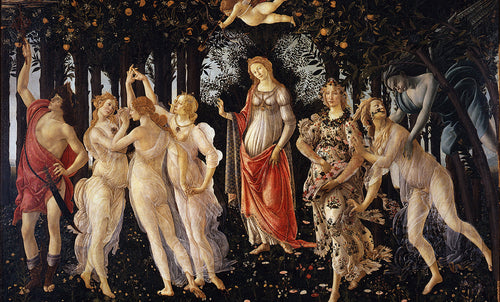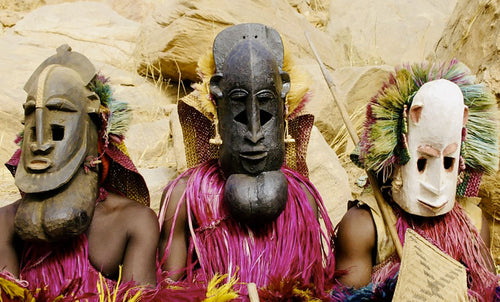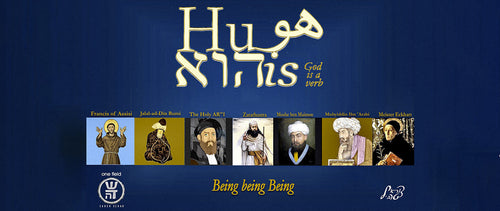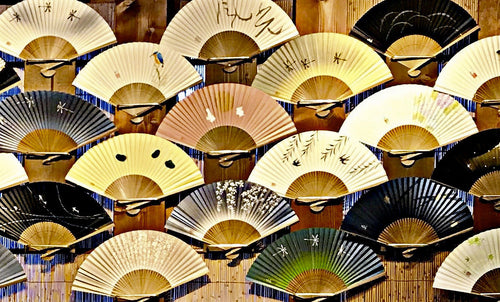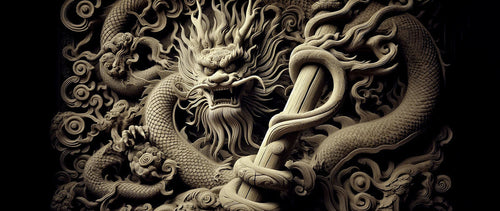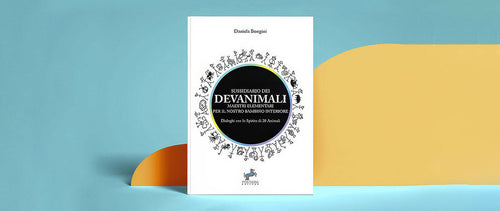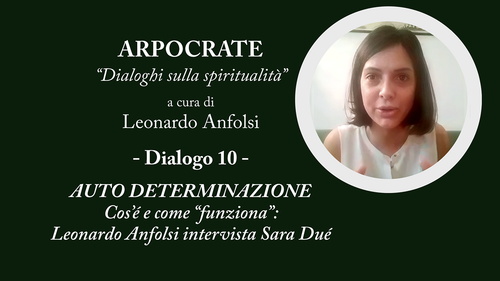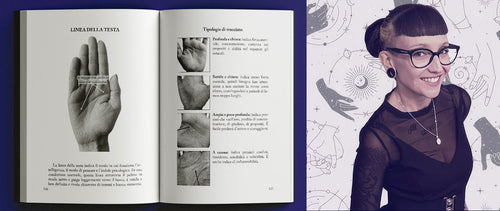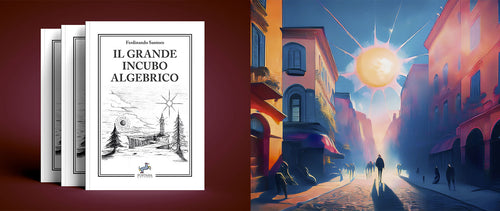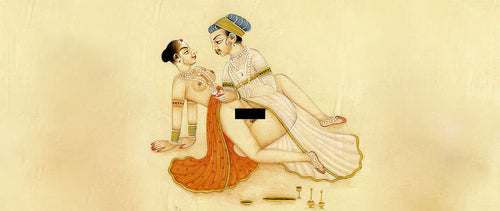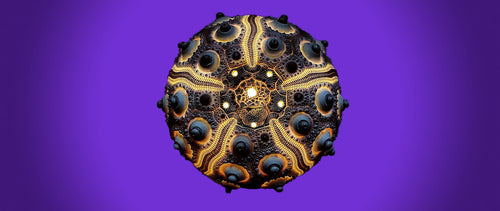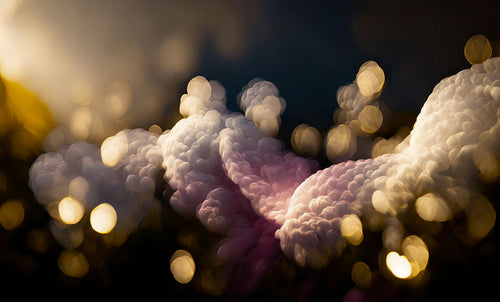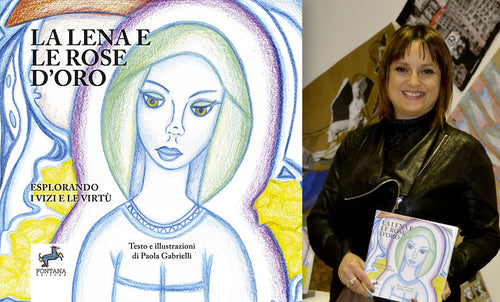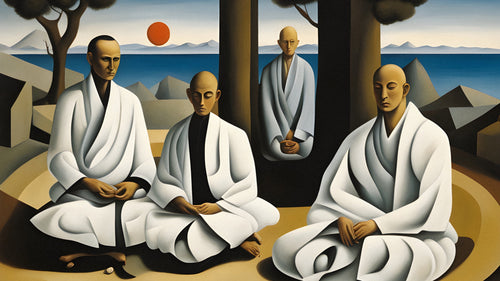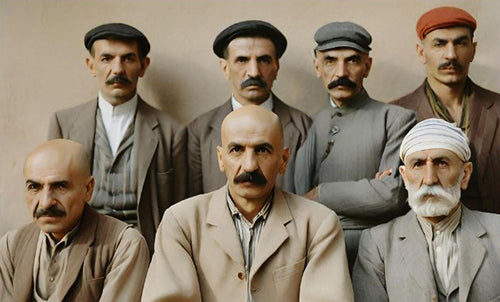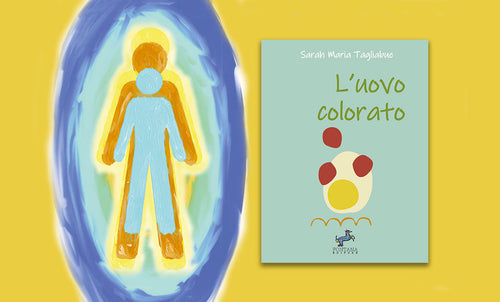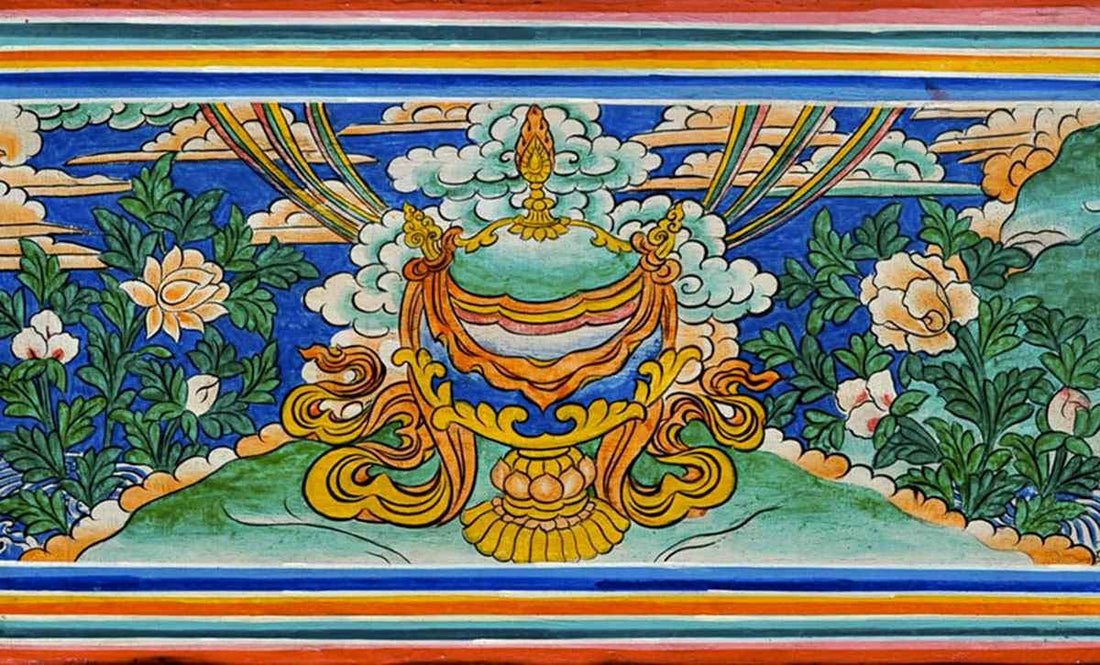
The Long-Life attainment in Tibetan Alchemy. Part 1
Leonardo AnfolsiThe icy Dew of the Mountain Goddess. In the Siddha medicine, or in the Tibetan one, we can consider their pharmacopoea as alchemical, because of all those preparations that contain metals or other substances perfectioned trough the fire.
All those substances are usually calibrated to have not an exaggerated "impact effect", but blended together synergistically with other substances and/or targeted on specific functions: among these, the most typical is mercury, a dangerous substance but that, if well prepared, can be extremely effective, even in a projective way, that is to say "by contact."
I personally had the experience of receiving the benefit of the purified mercury (snscr. Rasa tib. Tsotru) used externally (a pendant on the skin) and internally.
Mercury, some decades ago, unleashed a huge interest as an insistent buzz, and articles in various magazines, that informed the world of the possibility that the Tibetans found a cure for AIDS. The many who took the first flight to Mc Leod Ganji, they were disappointed knowing that the magic Tibetan medicine could cure the disease only if helped by a meditative commitment and a challenging work on himself. Besides this, some Western doctors examined the patients' blood that they had taken some of these drugs. The patients didn’t manifest any symptom but the reports of the tests showed a certain concentration of mercury, so they ask informations to the tibetan pharmacists who answered that they never had cases of the slightest symptom of mercury intoxication or accumulation of Hg in the body: they indeed used for many centuries the substance that was considered completely harmless, enough to be consumed by the elderly, children and mothers, without any side effects.
I think this says a lot about the presumed objectivity of modern means and investigative devices; Doubt is always a reasonable point of view considering you can find just what you would expect.
Take for example a Tibetan pill called Rinchen Drangjor Rilnag Chenmo, ie the precious cold black pill composed containing 140 ingredients, the first of which is the great "Tsothel" (excerpt from tso-tru = mercury), the King of the essences.
It then contains the calcined powders of precious stones and metals such as gold, silver, copper, iron, sapphire, diamond, emerald, turquoise, or vegetable processed substances like saffron, nutmeg, cherry plum and so on.
Fortunately, the West has been reached by the tibetan alchemy thanks to these products, as well as with the presence of scholars and experts, among them Chogyall Namkhai Norbu, who in the summer of 1991 led a retreat of Ciulén (tib. Collect the essence ) to which I had the honor to participate in Arcidosso, in Tuscany, where he made with the help of his students, and consecrated, a large amount of pills of the seven elixir composed of these main ingredients:
- Cypress, leaves and galbuli
- Honey
- Calcite dust
- Dust fruits Mirabolano
- Glacier water or snow
- Rosehip flowers and a few other plants.
In Tibet Alchemy is testified the use of various substances unknown to us that were usual in that culture since very ancient times: a typical case is given by the famous "gzi", a kind of onyx or obsidian made in cylinders and filled with white incisions that penetrate completely in the depths of the stone with drawings of eyes, lines or forma like squares and rombs.

Such a high technology, able to carve and print inside the stone, does not correspond to the fact that these cylinders are perforated, for the long from the two sides, obviously, with a certain difficulty and approximation.

It has been thought they were used as talismans, then as money but, even as medicine: in fact these stones have an interesting effect, for contact and for internal use, on the paralysis of the limbs.
The gzi, like other cultural features, spiritual and medical, typical of Tibet, are demonstrating the influence of the Iranian world on the Himalayan region through the kingdom of Shang Shung, placed around the majestic Mount Kailash, a sacred place to Buddhism, Bon, Shaivism and Jainism.
The same lightning-bolt that are designed and carved everywhere in the Palazzo della Signoria in Florence and carried on the shields of Roman legionaries, is that of the Persian-Marzouk, the florentine renaissance Marzocco, as well as the one drawn in Tibetan art and religion. They have the same exact shape, just a little reworked.
What it is now also accepted by archaeologists and historians, is that a good part of the alchemical knowledge that is found in Taoism and in Bon comes from Persia. Even the word shaman is made derive from shen-men (cin. Sennin), that is, the Man of Light or of Heaven, historically rappresented by Shen-rab Miwoche, the initiator Master who brought from Persia a complete cicle of teachings in Shang Shung.
Wishing to conclude, I want to return a moment on the shields of Roman legionnaires: we must point out that this tool designate a martial archetype, the Ancile, which is the sacred shield of Mars; then let’s consider that at some moment in the history of Rome the warrior initiation slid from the protection of the god Ianus, to che Indo-Iranian deity-hero Mithra. It is no exaggeration to see the connection fo Mithra to the future Buddha, Maitreya, being both astronomical deities, that are related to time, and with a clear assonance in the name that, we can recknow, as a deep nearness innocently desired by all mankind.






